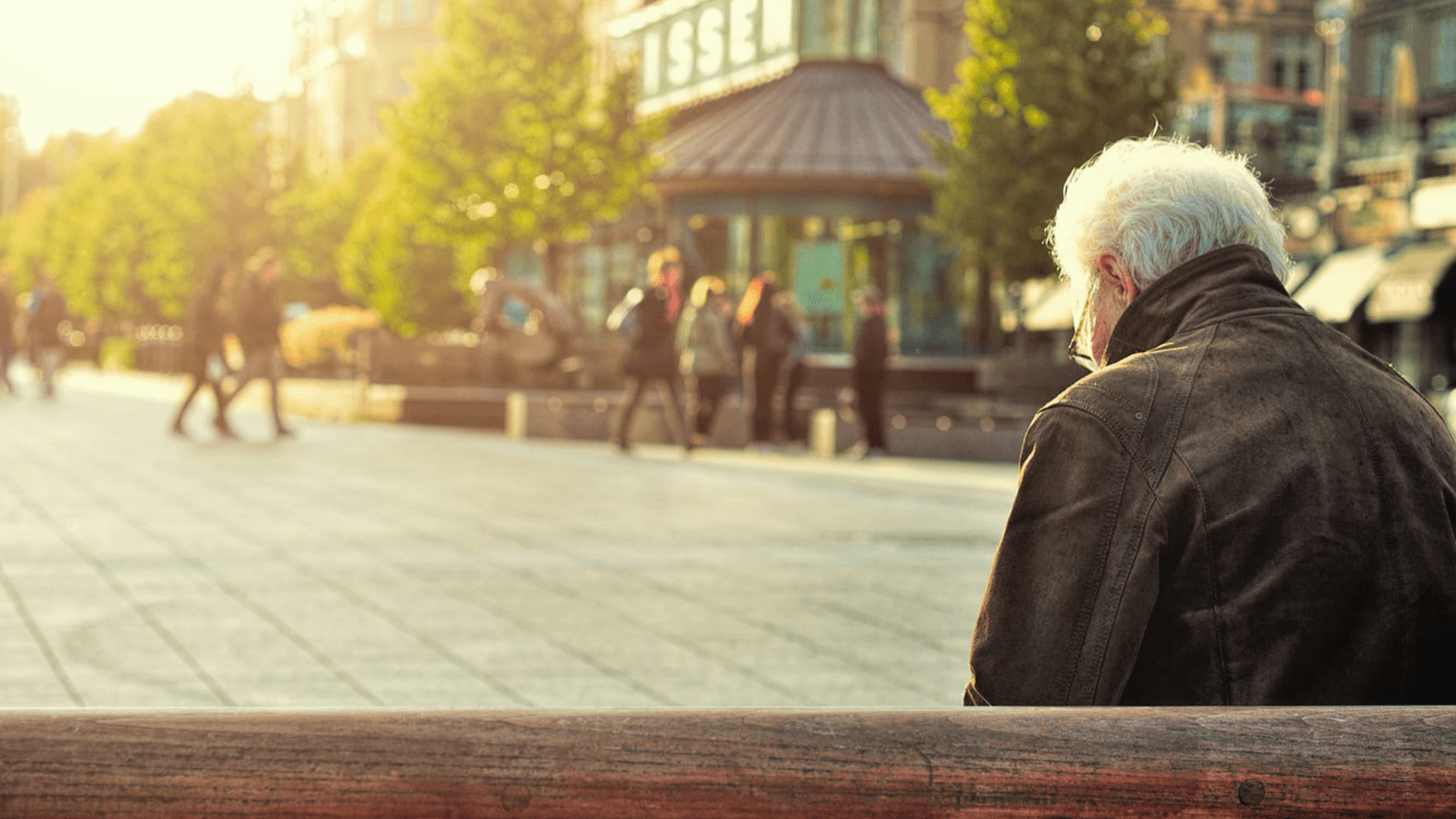 Addressing Social Isolation in Older Adults
Addressing Social Isolation in Older Adults
Loneliness and social isolation are often mistaken as passing emotions that self-correct over time, but this is not always the case. Aging experts found that the impact of chronic loneliness and social isolation can be as harmful as smoking 15 cigarettes a day and deem it a public health epidemic. According to the National Institute on Aging, loneliness and social isolation increase the risk of mental health conditions like depression and cognitive impairment, and physical conditions like high blood pressure and heart disease. The impact is even greater in older adults in the United States as nearly half (46%) of the senior population struggles with social isolation.
Seniors are the fastest growing demographic in the United States and, by 2030, projected to outnumber children for the first time in history. To cultivate healthy communities, we must tend to the individual needs of older adults by making every effort to identify signs of loneliness, address social isolation and help our beloved seniors thrive again.
Know the signs. As older adults age, the dynamics of their social relationships change. Circumstances like retirement, living with underlying health conditions or experiencing the death of a family member or friend can cause one to draw back from social interaction. The AARP Foundation shares four signs that a person might be isolated:
- Deep boredom, general lack of interest, and withdrawal
- Losing interest in personal hygiene
- Poor eating and nutrition
- Significant disrepair, clutter, and hoarding in the home
If it is difficult to assess whether or not loneliness is an issue, take this Loneliness Quiz.
Take the first step. Taking intentional action is a sure way to jumpstart reconnecting with social activities and networks. Seniors have reported significant improvements to their health and well-being by participating in local senior centers. Senior centers serve as a one-stop source for nutrition, fitness classes, activities and community engagement. Some centers are open during the COVID-19 pandemic and continue to offer socially distant services to help older adults stay connected and fulfilled.
Given that older adults with underlying health conditions are at higher risk of severe illness if exposed to COVID-19, some may choose to remain at home. Virtual activities are a safer approach to getting involved. Join a club or group that hosts recurring virtual activities in alignment with personal interests. Virtual art, dance, exercise, gaming, knitting, and sports classes are a fun way to reenergize and meet new friends. Another alternative is to create your own group. Gather family and friends and host a weekly virtual game night or happy hour.
Lastly, let’s not forget the power of a good old-fashioned check-in. Whether by phone, text or social media, reaching out to check on loved ones creates safe space to converse about anything. Whether venting frustrations, expressing gratitude, asking for support, or offering it, the exchange will confirm you’re not alone and pave the way for true healing to transpire.
Count on your healthcare provider. Talk to a doctor if feelings of loneliness and social isolation persist. Health professionals can make more personalized recommendations and refer to a behavioral health provider. USFHP provides behavioral health benefits with access to one-hour outpatient therapy up to twice a week.
With our TRICARE Prime plan USFHP members receive:
- Same-day urgent care appointments
- Quick and easy specialty referrals
- An extensive network of providers and facilities close to home
For over 30 years, USFHP has taken great care of eligible older adults. We specialize in providing support to uniformed services retirees and their families, and recognize the need for quality, person-centered healthcare options that promote good health and wellness.
